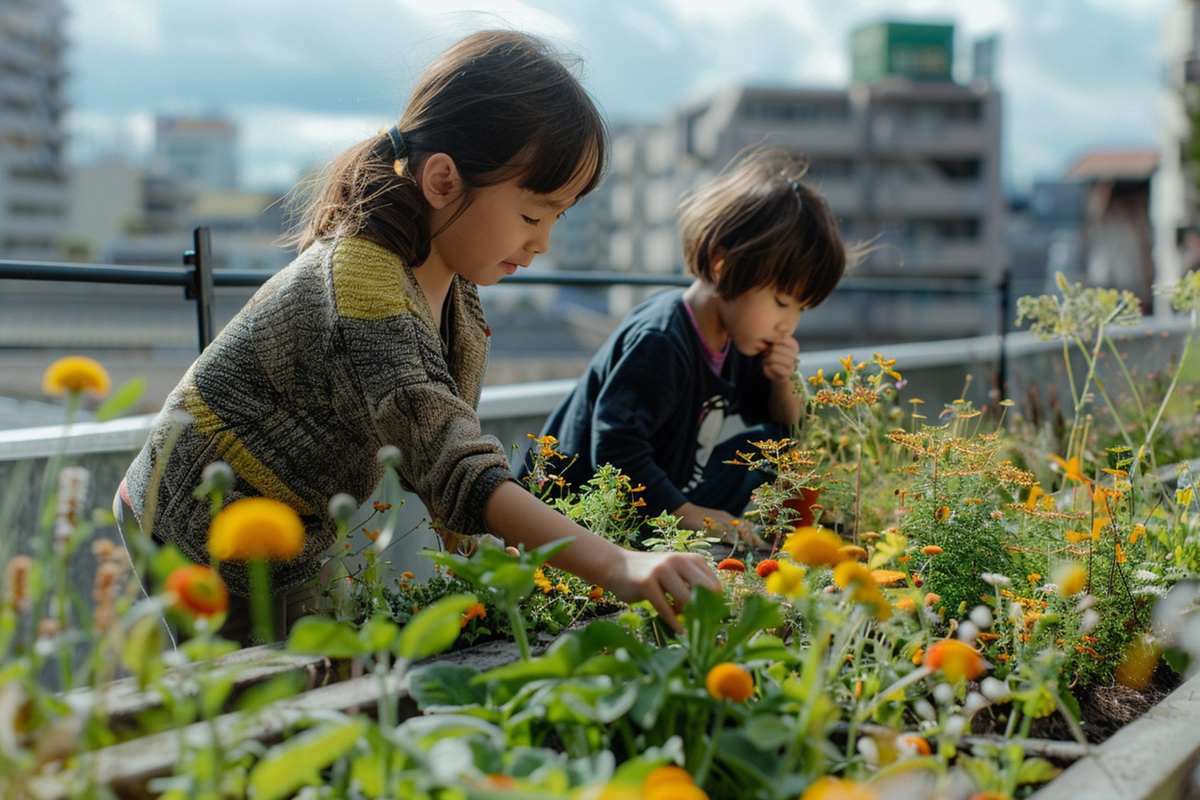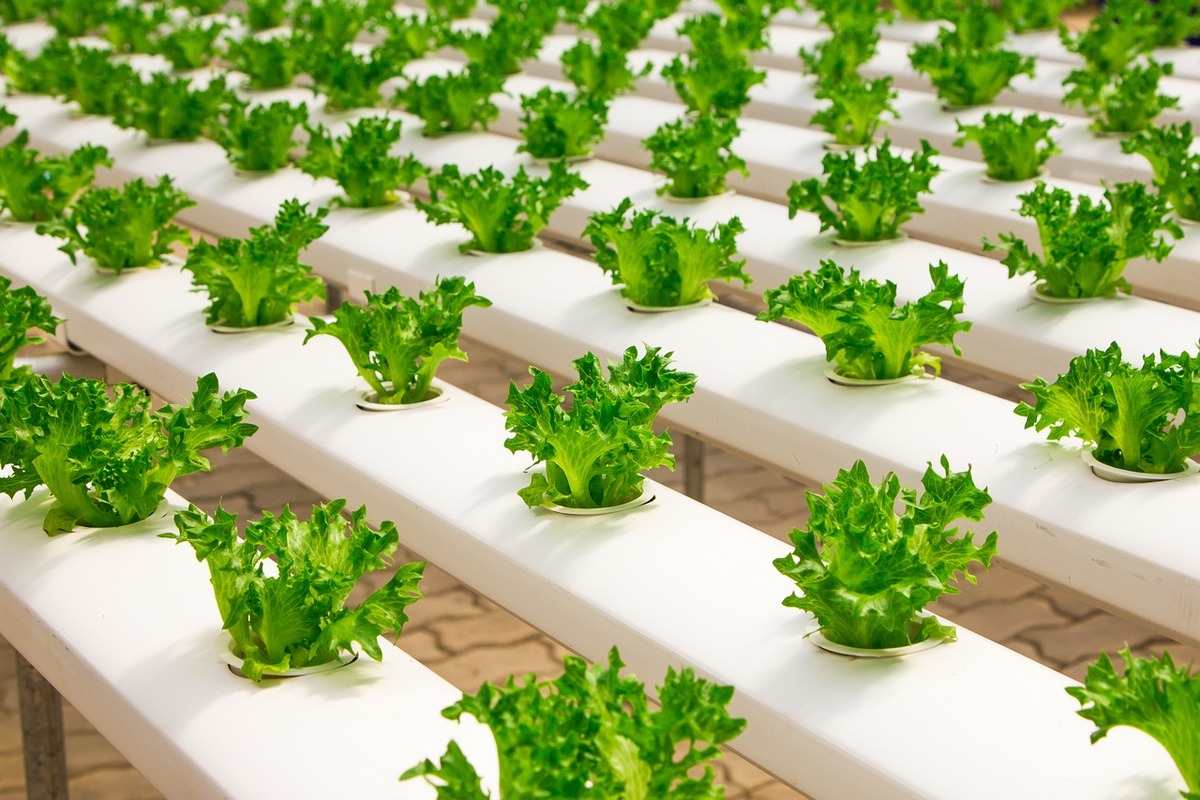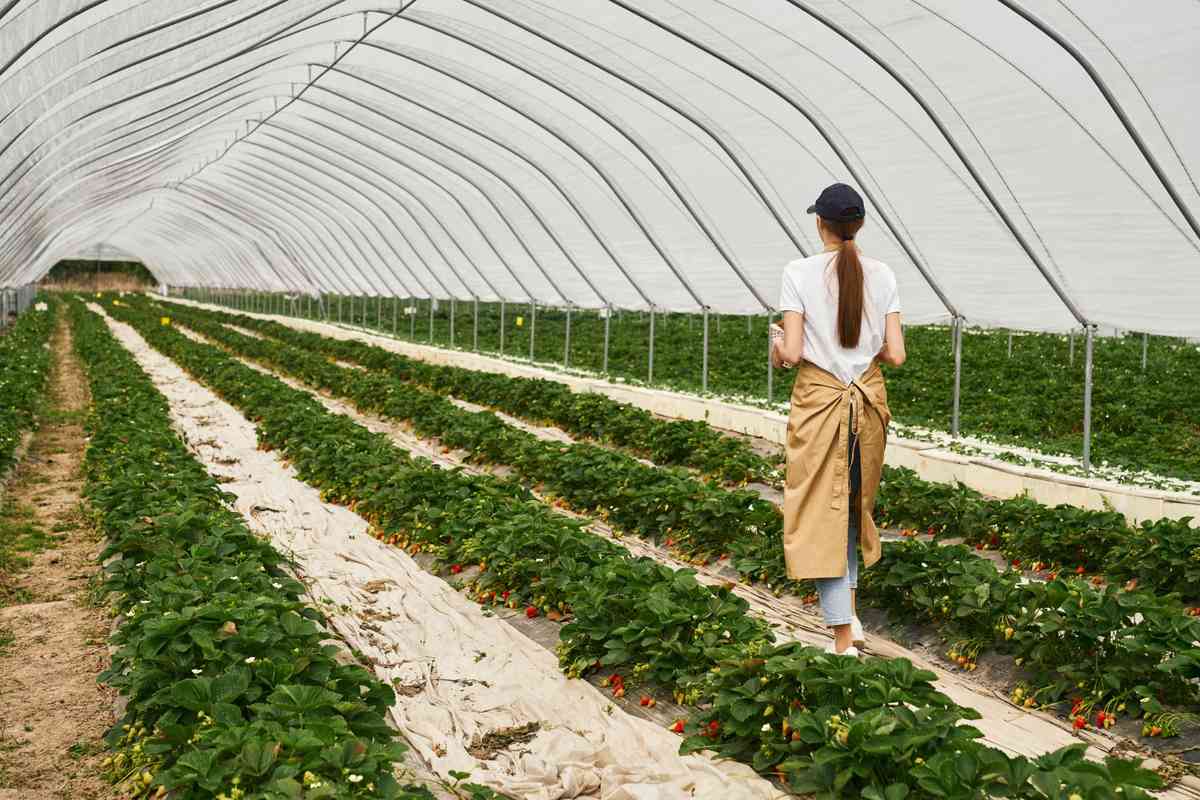If you are tired of consuming low-quality and toxic vegetables available in the market and looking for an easy guide on how to make a kitchen garden at home to get healthy and fresh food then this article will help you to get complete details about kitchen gardening.

The primary and largest source of vegetable consumption in most households is market purchases. But nowadays vegetables we purchase from the market are very low in quality and full of toxic substances. So considering the importance of vegetable kitchen gardening is the safest practice. Where you can successfully grow vegetables as per your requirements in a small area that does not contain any toxic residues in the vegetables produce.
Table of Contents
What is a kitchen garden?
A kitchen garden, also known as a Potager, is totally different from a normal garden. Here mostly vegetables and fruit plants are grown for the consumption of family members. Kitchen Gardening is the practice of growing fruit and vegetable crops in the backyard of the house or in pots or containers for the daily consumption of family members. But sometimes if it’s required people can sell their garden produce to the market to earn extra income.
Importance of a kitchen garden
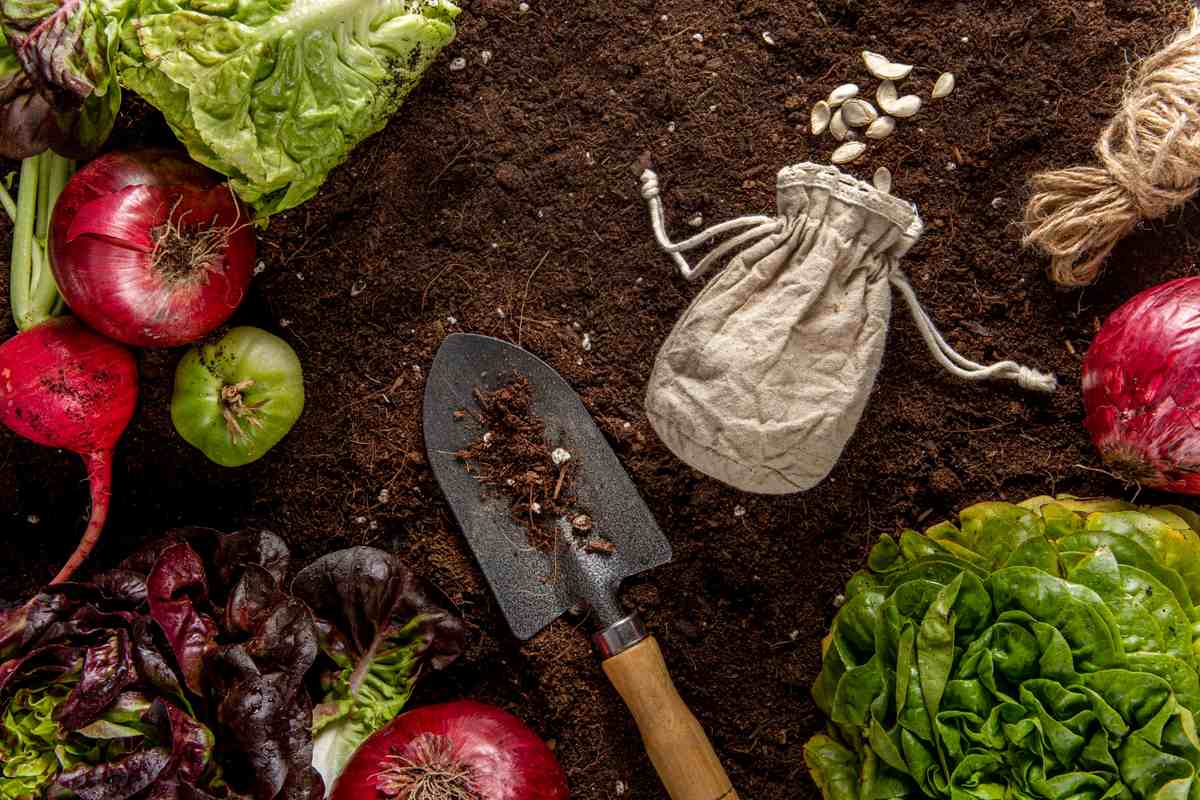
For a balanced diet, the general recommendation for the intake of fruits and vegetables is at least 400 grams per person per day for an adult. Due to increasing basic food prices like fruits and vegetables, day by day the poor and fixed-income groups are suffering the most. So to fulfill their need to gain access to food and improve their nutrition kitchen gardening is the best solution.
In cities and urban areas where there is a shortage of land for farming and over-population, areas of land around the house that tend to be useless, overgrown by weeds, and turned to refuse dumps could be a means of ensuring household food security and nutrition if properly harnessed.
The increase in population and the increasing trend of urbanization lead to a serious issue of food security and malnutrition. To overcome malnutrition in the household the concept of kitchen gardening was introduced over the centuries. Nowadays kitchen gardening concept is very well-known and taking success in developed and developing countries.
Benefits of having a kitchen garden at home

- From a kitchen garden, people can get fresh and healthy food.
- The fruits and vegetables you grow in your garden are fully free from toxic substances.
- Nowadays most people like to eat organic food thus kitchen gardening is one of the sources of organic food.
- People can also control their financial expenditures by adopting kitchen gardening methods and they can get fresh and healthy vegetables and fruits from their gardens it also gives financial support as well.
- It is a good and constructive activity for housewives and other household ladies.
- Kitchen gardening makes people self-sufficient in the production of vegetables and fruits.
- It is also a learning activity like through kitchen gardening people learn about the variety of seeds, fertilizers, pesticides, etc. People also learn about diseases, the quality of food, the importance of organic food, and their effects on health. Most importantly people can enhance their skills and knowledge through such a great activity.
Types of kitchen garden
There are not any particular types of kitchen gardens. It totally depends on you and the areas available to make a kitchen garden at your home. Your kitchen garden can be square, rectangular, or round shaped based on land availability. On the other hand, we can categorize the kitchen garden based on growing crops like vegetable gardens, herb gardens, etc.
Site selection for kitchen gardening
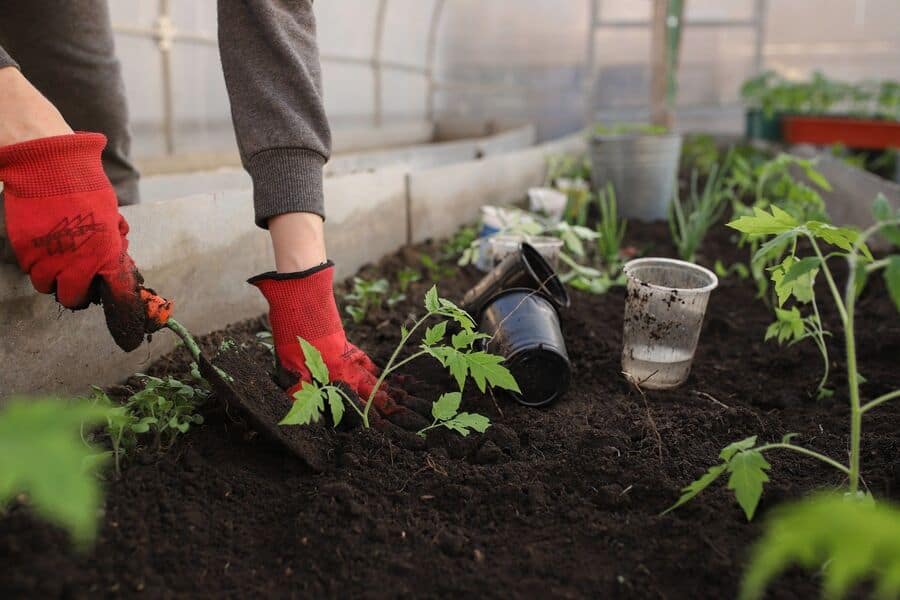
First of all, you have to ensure that how to start kitchen gardening in your condition. If you have enough space in your backyard of the house then you can easily begin there, otherwise, you have to take the help of pots and containers. whichever you choose you must have to offer enough room for every plant to grow vigorously.
For growing fruit and vegetables in your kitchen garden, you have to give a great emphasis on sunlight and water supply. The place you choose must be open for morning sunlight and also get six to eight hours of sunlight daily. The vegetable beds must have access to the available water source it may be wastewater from the bathrooms and kitchen or any fresh water source.
The size of a kitchen garden depends upon the availability of land or space in your house and the total member of your family for whom you are growing the vegetables. For an average family of four to five persons, an eight to ten squire foot area is enough if you are using succession cropping and inter-cropping. There is no rule about the shape of the kitchen garden but mostly rectangular and square one is preferred.
Land preparation
Before sowing vegetable and fruit plants in your kitchen garden you have to ensure that the soil is good in quality, which means the soil is rich in organic matter, well-drained, enriched with oxygen, etc.
For improving the soil you can dig the soil up to 20 to 30 cm and remove all unwanted plants or weed plants or bushes. After that, you can apply well-rotten farmyard manure or vermicompost to improve the soil.
Also Read: Top 10 Gardening Tools Every Gardener Should Have.
Selection of plants for kitchen gardening
During the selection of crop plants to grow in your kitchen garden just don’t think about it much if you are a beginner. Grow what you and your family love to eat the most vegetables and fruits, and as much as you need. First of all, look carefully at how much space you have and then select the crops which are your favorite or most important to you. Also, consider those vegetables and fruits which are the most expensive to buy and suitable to grow in your condition.
15 best vegetables to grow in your kitchen garden
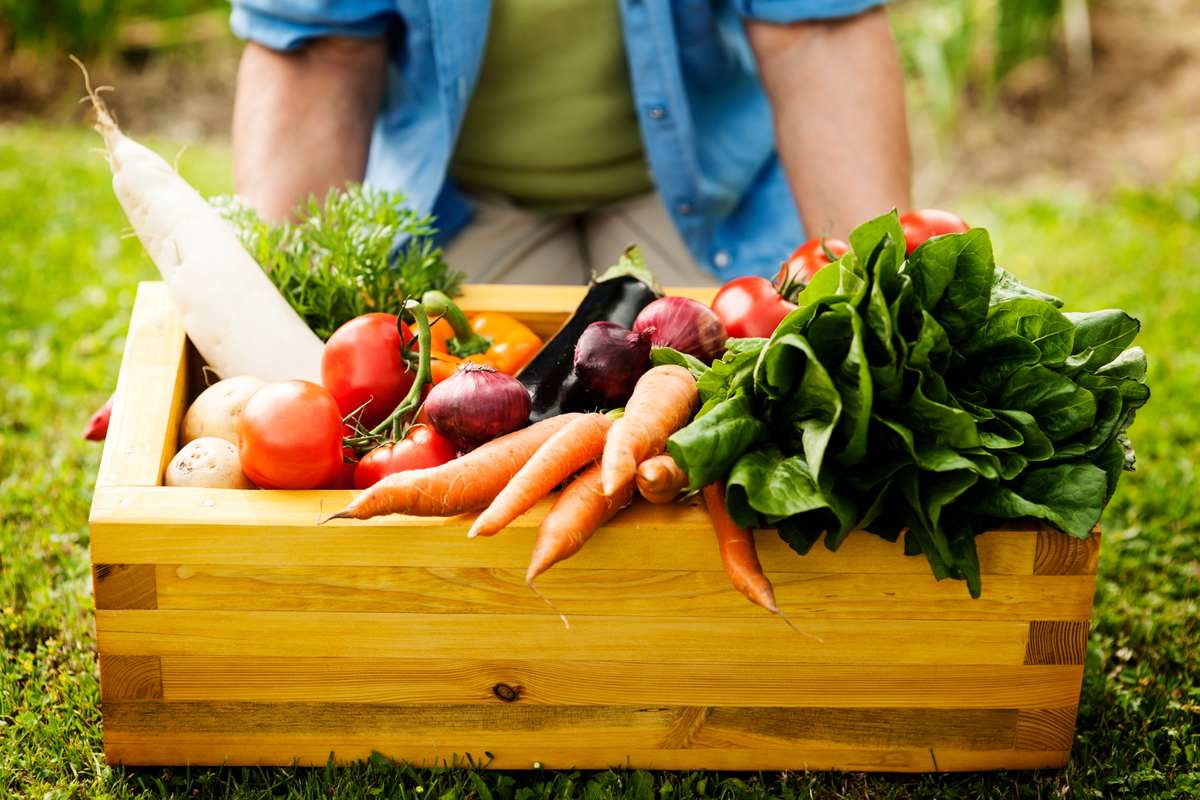
1. Potato- Potato is one of the most popular vegetable crops all over the world. The soil must be rich in organic matter with good drainage and aeration for the effective cultivation of potatoes. Potato can be grown under diverse climatic conditions. Subsequent irrigation is required at 7-10 days intervals depending upon the climatic condition and soil type. The crop duration can be between 100-120 days.
2. Onion– One of the most important vegetables for daily life. It can be grown under a wide range of climatic conditions. Onion can be grown in all types of soils but soils with good drainage, moisture-holding capacity, and sufficient organic matter are good for onion production. Onion can be grown from seeds, seedlings, and bulblets. Subsequent irrigation is required at 7-10 days intervals depending upon the soil moisture.
3. Garlic- Garlic is used as a spice and condiment throughout the world. The soil should be well-drained, rich in organic matter, and capable of holding adequate moisture during the growing period.
4. Tomato– Tomato can be grown in a wide range of soil. It is a warm-season crop and to get the best fruit color and quality a temperature range of 21-24°C is perfect. But tomatoes can be grown throughout the year depending upon different varieties.
5. Spinach– It is a leafy vegetable crop grown all over the country. Spinach is rich in iron, vitamins, and antioxidants. Spinach can be harvested after 6-8 weeks of planting.
6. Peas- Peas are a source of vitamins and minerals. The green ones are used as vegetables and the dry ones are used as pulses.
7. Brinjal- Brinjal can be successfully grown in the rainy season and summer season. Well-drained and fertile soil is preferred for brinjal production. Moisture should be maintained in the soil for better crop growth and production.
8. Cucumber- It is a climbing crop plant that is used as a summer vegetable throughout India. Cucumber is eaten raw or served as a salad or cooked as a vegetable. Cucumbers contain 96% water which is good in the summer season.
9. Beans- Green bean is one of the most popular, easily-grown vegetables which you can grow in your kitchen garden. It can be grown even in a very limited space. Beans grow well in normal fertility soil also.
10. Lettuce- Lettuce is one of the most popular salad vegetables grown all over the world. It can grow in a seedbed or container and give a good and continuous supply of leaves.
11. Carrot– September- October is the ideal month for sowing carrots. Depending upon soil type and climate irrigation is required. Harvesting can be done after 90-100 days of sowing.
12. Okra– Okra is grown in warm seasons. You can easily grow okra from seed. It’s required 5-6 hours of daily sunlight and subsequent irrigation is required depending on the soil moisture.
13. Radish- Radish can be grown in different soil and climatic conditions. Its edible roots are having a different colors from white to red. It’s a very quick-growing crop.
14. Chilli– Chili is used as a principal ingredient of most curries and chutneys and is also used in vegetables, spices, condiments, and pickles. Chili can be grown from the seed throughout the year.
15. Pumpkin- It is used for cooking purposes and also used to make sweets. It requires soil with a good drainage system and rich in organic matter. February-March and June-July is the optimum time for sowing the seed of pumpkin.
Get The Vegetable Seeds For Your Kitchen Garden
How to maintain a kitchen garden

Maintenance of the kitchen garden is very easy it’s like a normal daily routine. There is no hard work involved in it, you just have to take care of some essential things which are important for your plants.
Water supply to the plants is the main factor which you have to take care of. Most vegetables require sufficient moisture for their proper growth. If the soil has low water retention capacity then you can use sand, compost, or manure to improve the condition. Mulching can be one of the solutions to retain the water in the soil. If you are using pots or containers for growing vegetables then you need to apply water more frequently because evaporation is very quick in pots.
Plant protection is another factor that you have to take care of the most. From time to time weeding is essential for all vegetable crops. Weeding must be done as per the requirement to allow the main crop plant to grow vigorously. You also look into if the crop plant is affected by any insect pest or disease. If any problem is found then you have to take the necessary steps to protect the crop plants.
Kitchen gardening tools for beginners
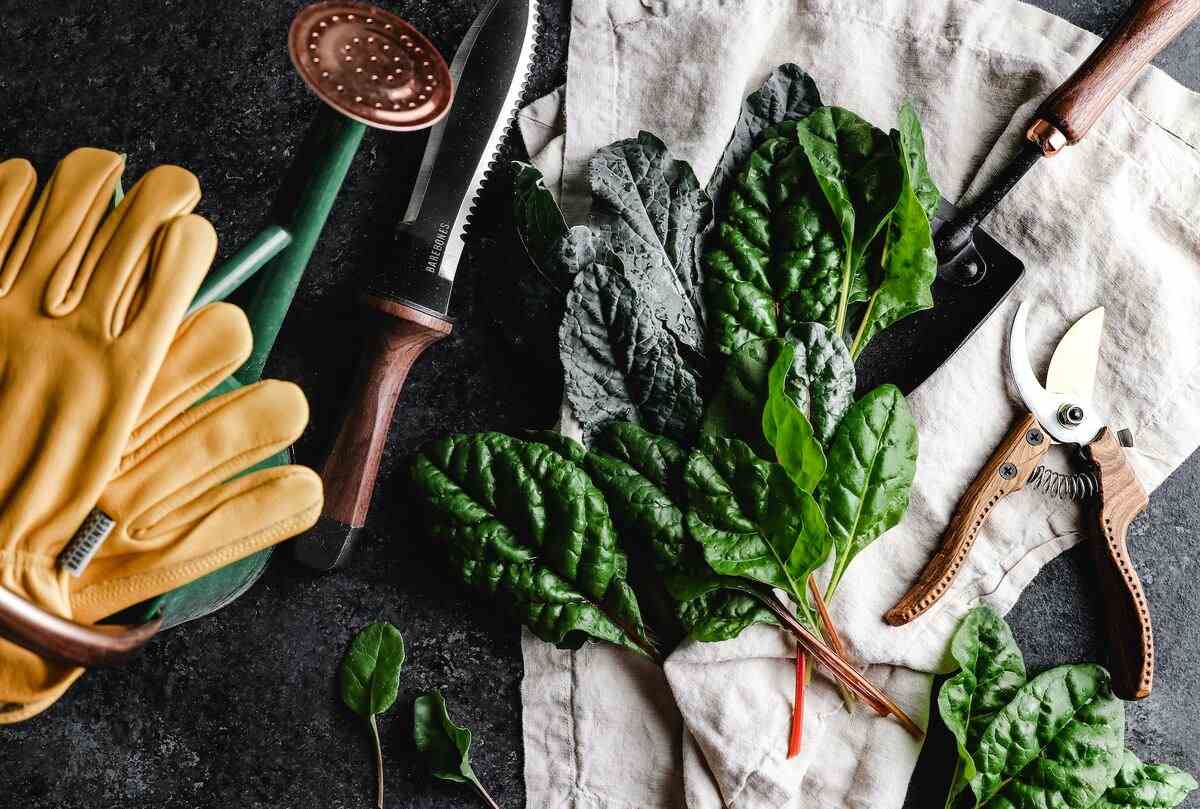
For a beginner starting kitchen gardening for the first time without proper tools are very challenging. For effective gardening, proper tools must be used and its also make gardening easier.
10 tools that every beginner needs for starting a kitchen garden:
- Trowel
- Pruning Shears
- Garden Rake
- Angled Shovel
- Watering Can or Hose
- Gardening Gloves
- Spade
- Hoe
- Gardening Knife
- Harvest Basket
Get The Best Gardening Tools Set For Your Home Garden
Why kitchen garden is necessary for every home?
Kitchen Gardening is a healthy and joyful activity that provides a suitable environment for people. From kitchen gardening, people can get fresh and healthy food. Nowadays everyone wants to eat organic food to maintain their health and kitchen gardening is the most reliable source of organic food. From a financial point of view, kitchen gardening is also beneficial. It gives you financial support by providing daily vegetables for your family also you can earn extra money by selling your garden product to the market. Kitchen gardening is the most sound activity for housewives and other household ladies. It is a learning activity also because through kitchen gardening you can learn about the variety of seeds, fertilizers, pesticides, different growing methods, etc. So people should adopt this practice as time pass and be self-sufficient in the production of vegetables and fruits.

